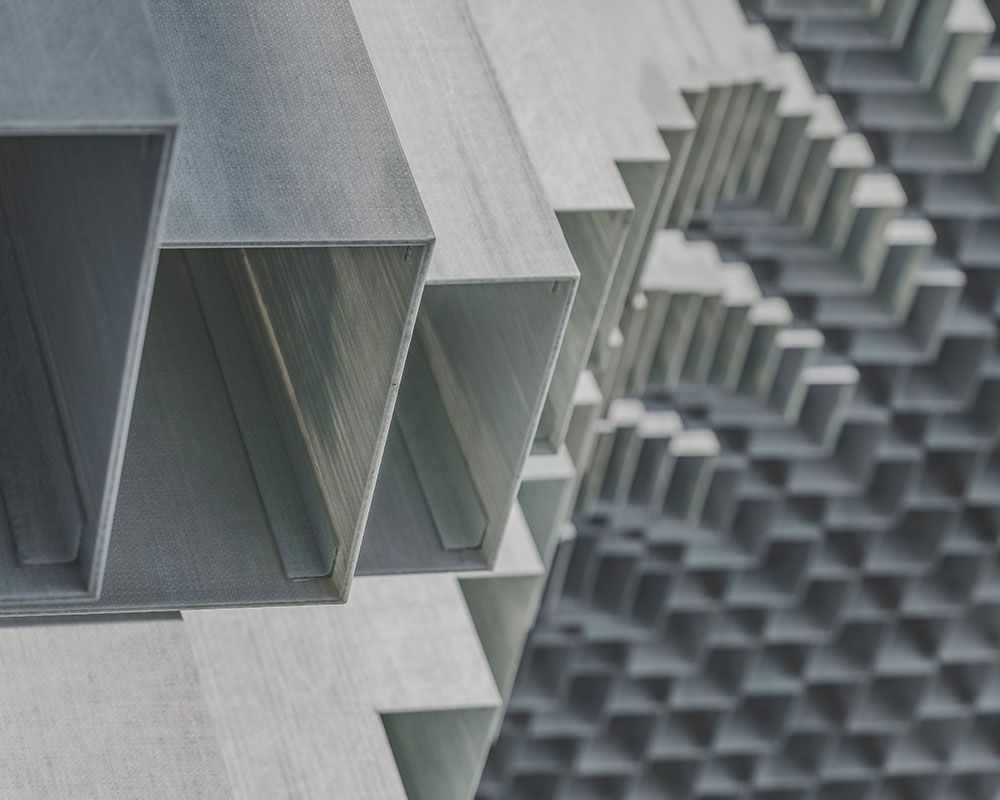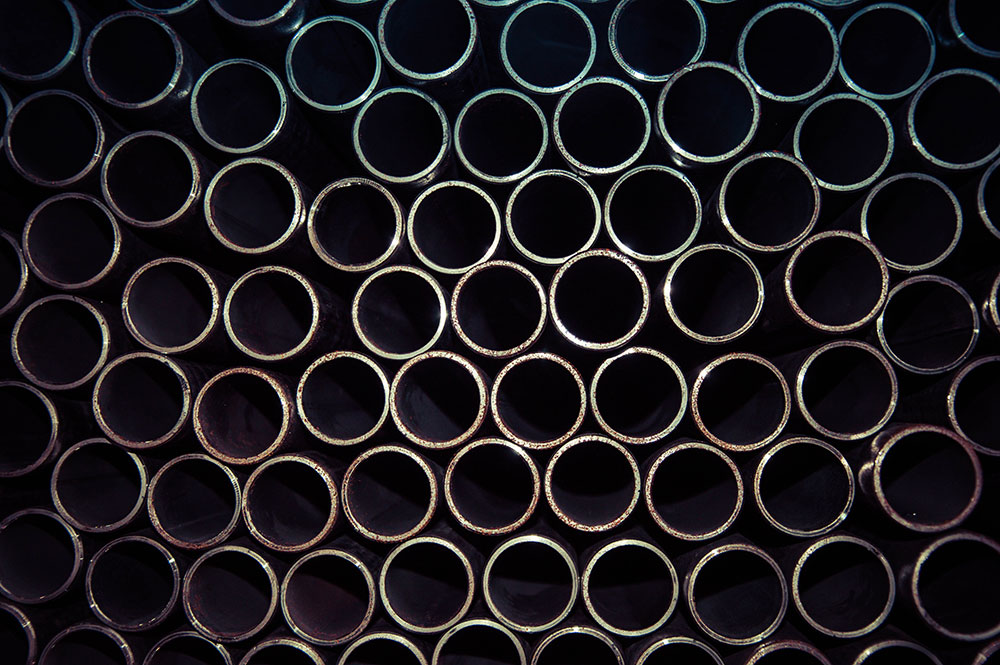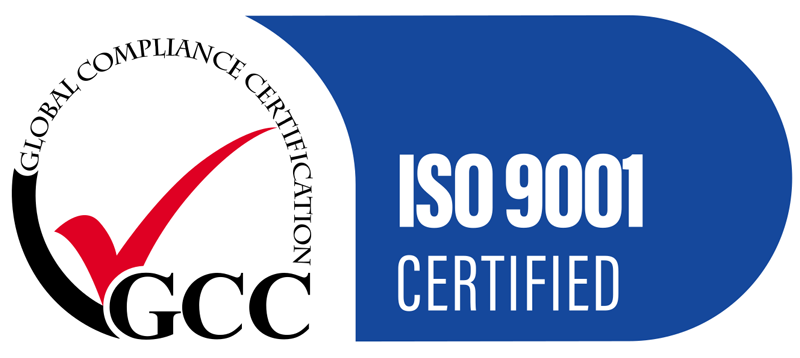From bridges to smartphones, steel has become the world’s most important structural material and is used in every aspect of our lives. Over the past 20 years, modern steel has become stronger, lighter and cleaner to produce. Today, there are thousands of different steel grades, all with specific physical, chemical and environmental properties.
In this article, we consider what grade steel actually means and take an in-depth look at one of the most common grades of steel, Grade 250.
About grade steel
Steel grades are used to distinguish different types of steel based on their unique properties. Contemporary steel is broadly categorised into carbon steels and alloy steels, and are made with varying combinations of carbon, iron and other elements. Stainless steels, for example, are a type of alloy steel and are made up of 11% chromium and often combined with nickel to resist corrosion.
Commonly used steels are categorised into grades by national and international standards organisations. These standards are the foundation on which engineers rely when using steel in their structures. They set out the composition, mechanical properties, tolerances on dimension, manufacture method and quality control provisions.

Example: Grade 250
Grade 250 is a medium strength structural steel plate product and is one of the most commonly used steel grades. It’s typically use in bridges, high-rises and in general fabrication due to its excellent strength weldability and formability. Grade 250 is available in a range of thicknesses from 3mm to 300mm.
The most important point to note about Grade 250 is that there are two distinct types. One is produced in flat plate form on a Plate Mill to standard AS/NZS 3678, while the other is produced in coil form on a Hot Strip Mill to standard AS/NZS 1594. With differences in surface characteristics like scale, grain structure, flatness, thickness, and even strength, it’s important to know which is more suitable for end use.

Other steel grades
While grade 250 is commonly used in most applications, there are a wide array of grades available for specific purposes. Grade 350, for example, is stronger. Steel Grade 1045 is designed for high-heat applications such as gears or moving parts that have friction applied to them often. Steel grade 500 can typically be found used in heavy-duty mining equipment where toughness and lead bearing is critical.
There’s a wide variety of grades to choose from for any job, and that’s why it’s crucial to deal with experts who have experience in the uses of particular steel grades. ShapeCUT is one of Brisbane’s leading steel profile cutting and metal processing companies. With 5000+ tonnes of steel plates in stock at any one time, 10 modern cutting machines, we cut steel with precision, reliability and speed.
Contact ShapeCUT today for a fast, competitive quote or to find out more about the different grade steel.
Contact Us To Find Out More
We ensure a fast, exact and economical steel solution for our clients. Call our team today to discuss your steel cutting and metal processing requirements.
Get Our Newsletter
Contact details
121 Mica Street, Carole Park,
QLD, 4300, AUSTRALIA
Freecall: 1800 SHAPECUT (1800 742 732)
Telephone: (07) 3271 5600
Facsimile: (07) 3271 5454
Email: sales@shapecut.com.au
Accredited Profile Cutting

Profile Cutting
Metal Processing Services
©2025 ShapeCut | Website design Brisbane by iFactory | Privacy Policy | Search | Sitemap



